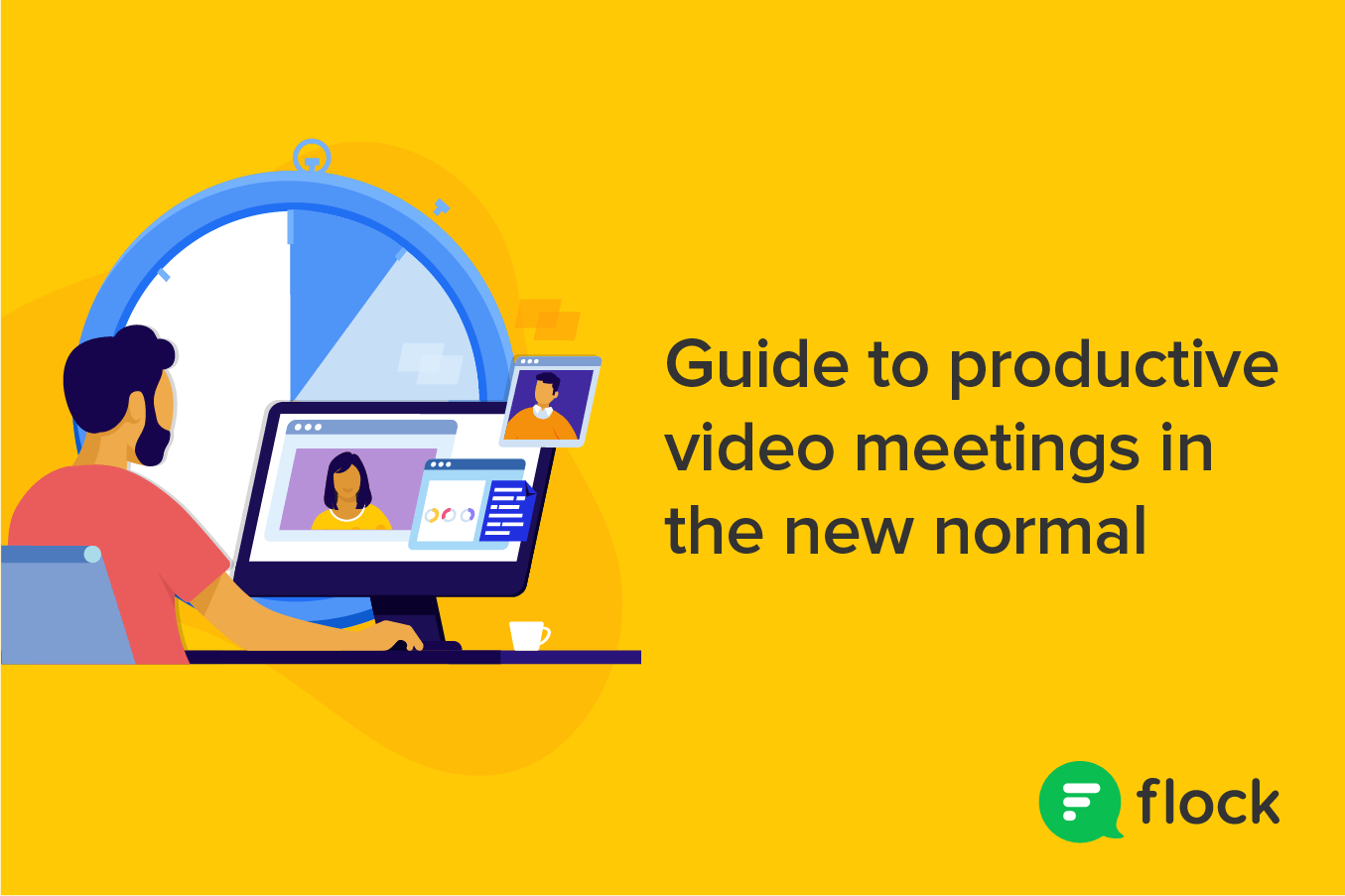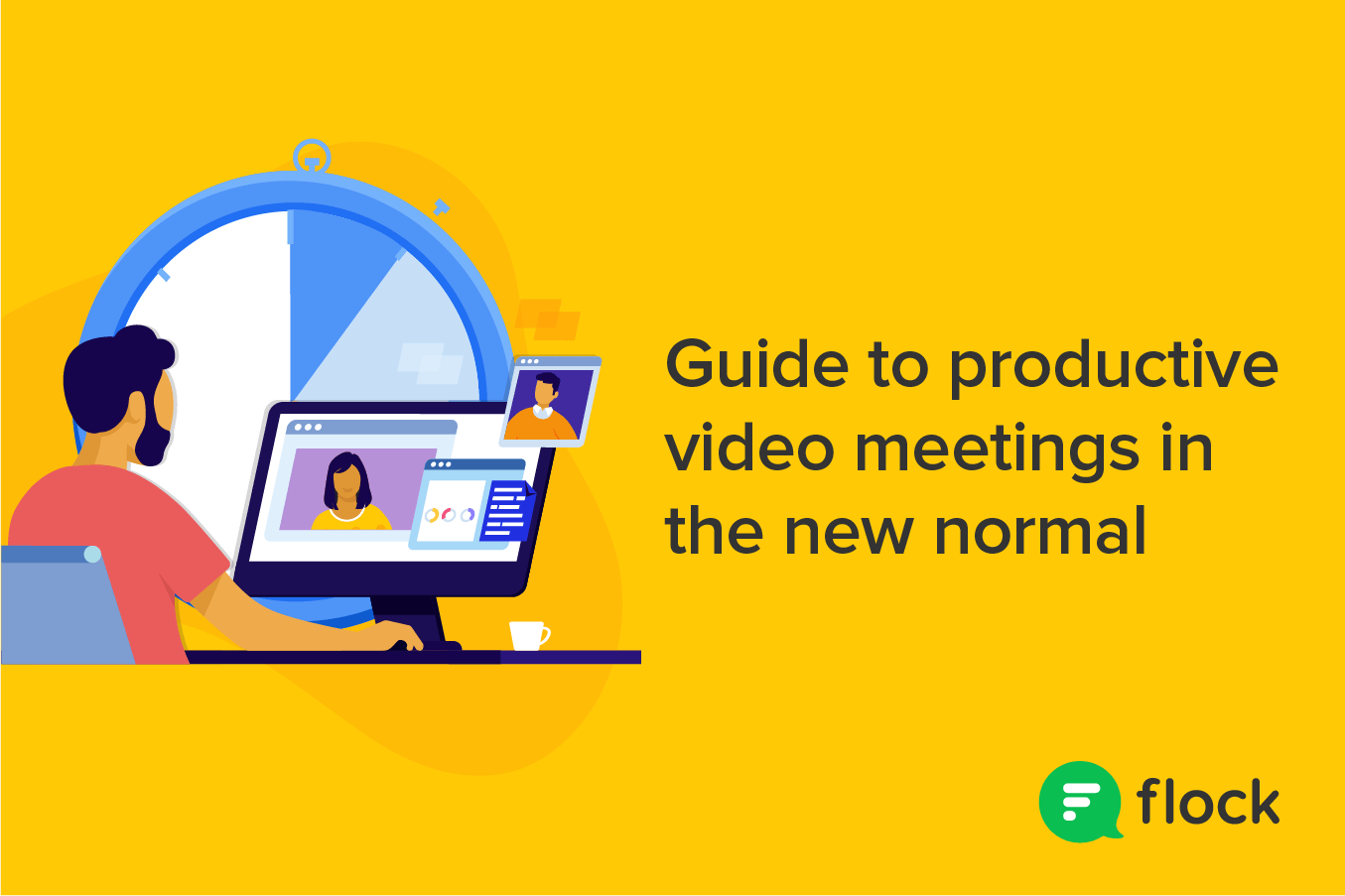
We’re all finding ways to navigate working remotely, from adopting video conferencing best practices to getting used to being on camera. But one cannot deny the fact that there are a few glitches here and there.
Virtual meetings are the best option when meeting with multiple participants, who can join in through an app or a phone call. While this is great for remote work, the lack of in-person communication can sometimes be difficult to navigate, making it harder to read body language or facial cues. Knowing how to run seamless and efficient video meetings is necessary to stay productive in our new normal.
Here are some guidelines for productive video meetings:
1. Be thoroughly prepared
Your video conferencing software isn’t all you need for virtual meetings. Make sure your meeting attendees are equipped with a secure internet connection, video conferencing software, and the hardware for a good call, like a quality webcam and headset.
2. Create an agenda
Virtual or not, meetings without agendas are more likely to go long. Draft an agenda before the call, so you don’t miss any discussion point—and stay on track, saving everyone’s time.
Sharing a meeting agenda in advance also tells participants what to expect, so they can come prepared with questions and comments. You may also encourage them to send questions to you beforehand that you can address during the meeting.
3. Set up icebreakers

Video conferencing fatigue is a real thing, especially when you have hours of meetings stacked back-to-back. Make them more fun by starting off with a short icebreaker—like asking your team to share what they’re having for lunch—to understand everyone’s work-from-home personality. Over a period of time, icebreakers help team members get to know each other, adding a layer of fun as they build lasting bonds. Suddenly “Nancy from the digital team” becomes “Nancy from the digital team who loves pizza.”
For virtual meetings where attendees aren’t acquaintances, it’s always a good idea to give each attendee an opportunity to introduce themselves and their roles. Add in a fun fact for a bit of personality—not all business needs to be boring and work-oriented!
4. Identify speakers and establish rules
Ever been in a meeting—virtual or not—where people are talking over each other? It’s frustrating and wastes a lot of time. Set up specific rules at the beginning of the video conference, specifying who leads the call, what attendees’ roles are, and set a timeline for each speaker. It’s best to allocate a moderator to each meeting, so they can interject when folks interrupt each other and get the call back on track.
Set up terms such as “raise your hand if you’d like to interject” or “use an annotation tool while screen sharing to make presentations clearer” This helps ensure your meetings run without commotion and prevents anyone from feeling ignored or interrupted—and it also saves your business a lot of time.
5. Use visuals to your advantage
Keeping everyone attentive during long video conferences can be difficult, but enhancing the visual elements of the call can boost engagement. One way to do this is by providing visual aids—tables, charts, PowerPoint templates, photos, and slides—to keep your attendees’ eyes from drifting off into daydream-land.
A simple request that optimized our internal video calls. I sent the below mail to everyone in our company -
— Bhavin Turakhia (@bhavintu) July 14, 2020
---
Sub: Personal Request to Keep your Video on
We have all witnessed an unprecedented time in our life due to Covid ...
An essential visual element in any virtual meeting is your physical presence, so make sure you’re visible. Just a simple desk lamp should be enough lighting, no need to splurge on a vlogger-level lighting setup. Sitting with your face towards a window for natural lighting works just fine. Don’t place the source of lighting behind you, unless you like being a silhouette.
Some other virtual meeting best practices that you may consider implementing:
- Eliminate background noise. Mute your microphone when you’re not speaking, but keep your video on so attendees know you’re still there.
- Pay attention. Remember, you’re on camera—your colleagues will know if you’re focusing on something else.
- Encourage text chat and note-taking during the meeting, so “small fish” ideas don’t get dropped afterward.
One last bit: make eye contact! You may not be meeting in person, but you’re still face-to-face, and that gesture grants a level of trust and confidence that every successful meeting needs.
A version of this article was first published here.




.png?width=710&name=blog-header%20(1).png)



